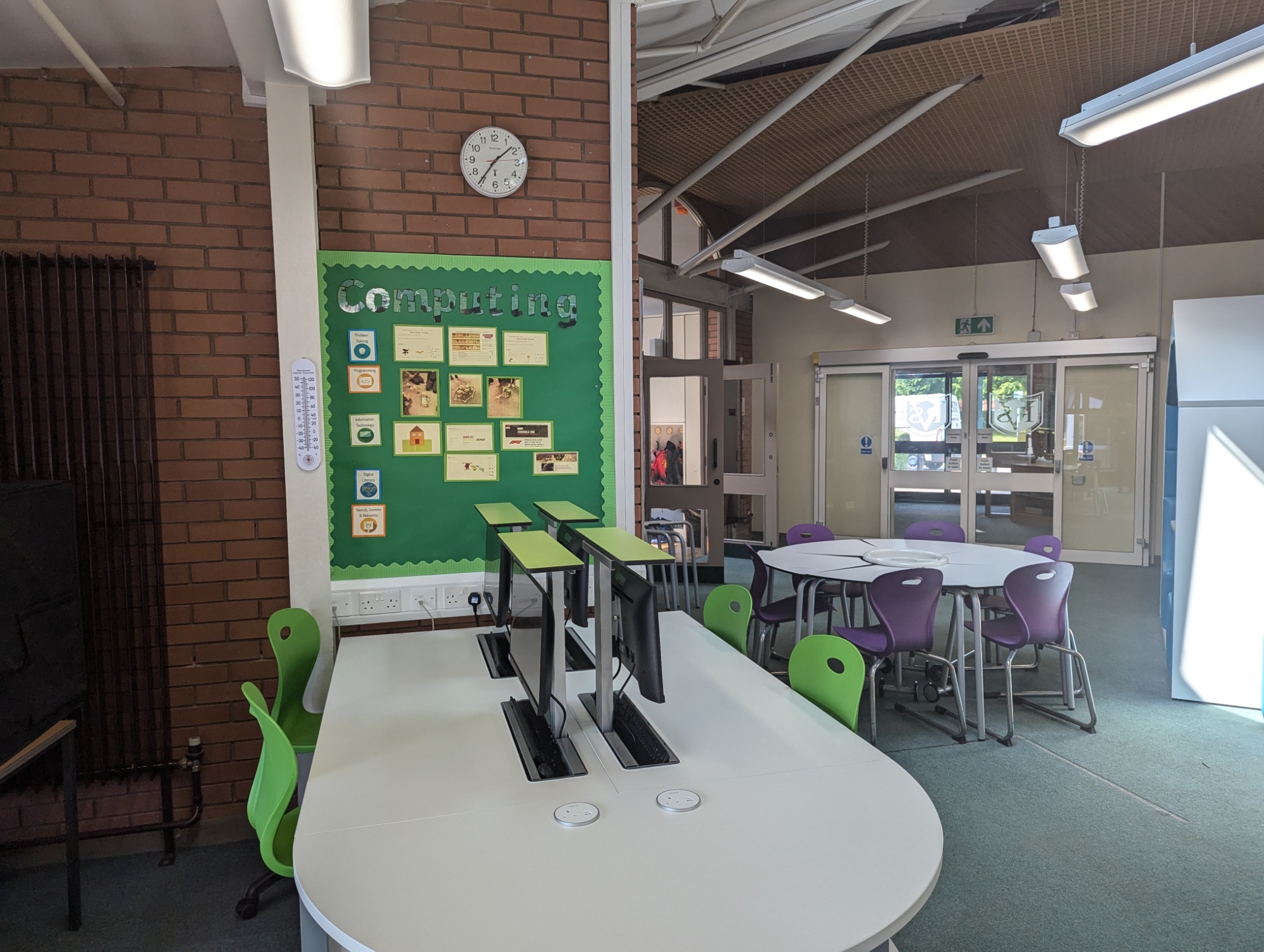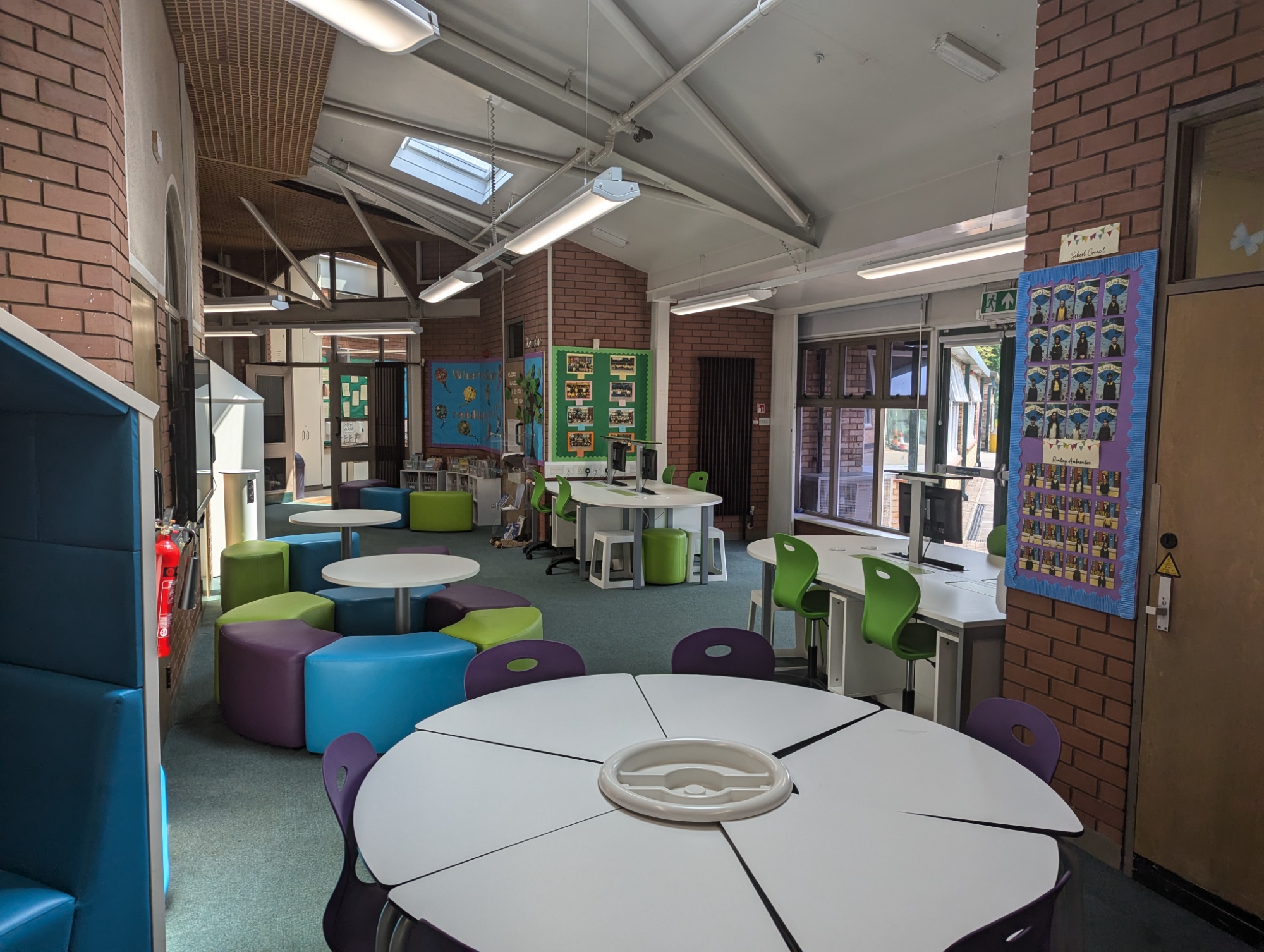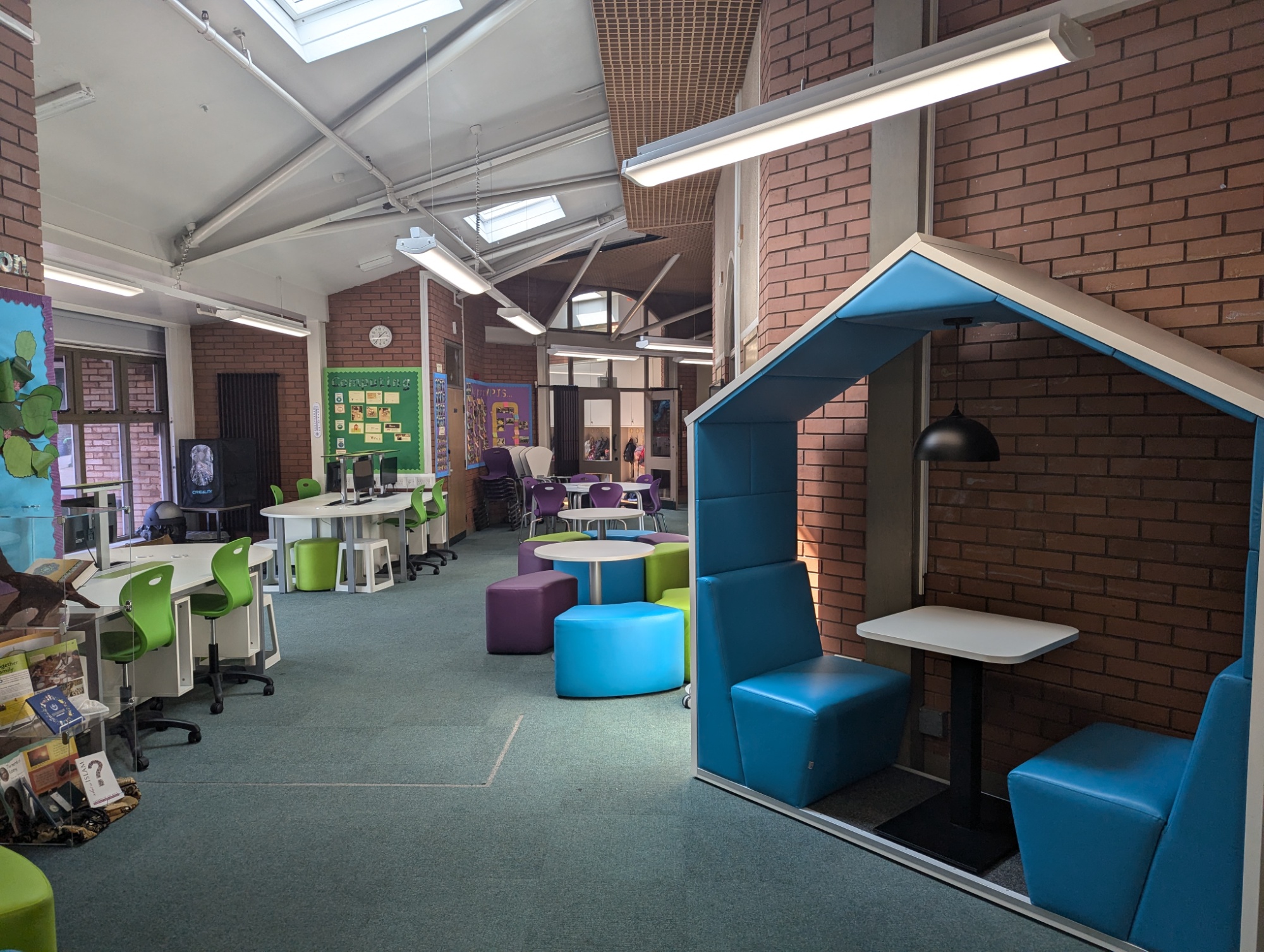Computing
Our Vision:
Our vision is for all teachers and learners in our school to become confident users of ICT so that they
can develop the skills, knowledge and understanding which enable them to use appropriate computing resources effectively as powerful tools for teaching and learning. We feel it is our responsibility to create the digital citizens of tomorrow; developing their computing skills so they become robust digital users, capable of using technology that hasn’t been invented and eventually for careers that do not even exist.
National Curriculum Aims
Aims:
The national curriculum for computing aims to ensure that all pupils:
- can understand and apply the fundamental principles and concepts of computer science, including abstraction, logic, algorithms and data representation
- can analyse problems in computational terms, and have repeated practical experience of writing computer programs in order to solve such problems
- can evaluate and apply information technology, including new or unfamiliar technologies, analytically to solve problems
- are responsible, competent, confident and creative users of information and communication technology.
Key stage 2:
Pupils should be taught to:
- design, write and debug programs that accomplish specific goals, including controlling or simulating physical systems; solve problems by decomposing them into smaller parts
- use sequence, selection, and repetition in programs; work with variables and various forms of input and output
- use logical reasoning to explain how some simple algorithms work and to detect and correct errors in algorithms and programs
- understand computer networks including the internet; how they can provide multiple services, such as the world wide web; and the opportunities they offer for communication and collaboration
- use search technologies effectively, appreciate how results are selected and ranked, and be discerning in evaluating digital content
- select, use and combine a variety of software (including internet services) on a range of digital devices to design and create a range of programs, systems and content that accomplish given goals, including collecting, analysing, evaluating and presenting data and information
- use technology safely, respectfully and responsibly; recognise acceptable/unacceptable behaviour; identify a range of ways to report concerns about content and contact.
Collaborative ICT Suite
At VPJS, our mission is to prepare our children for an ever-evolving world, with a particular focus on Information and Communication Technology (ICT). We have invested in a state-of-the-art collaborative learning space that provides pupils access to a diverse range of devices, including desktop PCs, Chromebooks, iPads, and various other computing-related tools. This innovative space is designed to foster teamwork and encourage interactive learning. It features 12 desktop PCs discreetly integrated into tables, readily available when needed. We've also created circular areas for flexible Chromebook use and two bespoke 'pods' perfect for partner work. This versatile environment empowers our students to develop essential digital skills while promoting cooperation and creative problem-solving.



